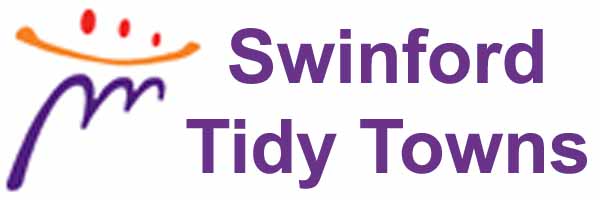
Green Schools logo
Green-Schools, known internationally as Eco-Schools, is an international environmental education programme, environmental management system and award scheme that promotes and acknowledges long-term, whole school action for the environment. Green-Schools in Ireland is operated and co-ordinated by the Environmental Education Unit of An Taisce (FEE member for Ireland), in partnership with Local Authorities throughout the country.
Over 3,700 primary, secondary and special schools in Ireland (>92% of all Irish schools) are currently participating part in the programme and over 2785 schools have been awarded the Green Flag. The Irish Green-Schools programme is one of the most successful within the international network. One of the main factors in the success of the Irish Green-Schools programme is the partnership between the Environmental Education Unit of An Taisce and Local Authorities i.e. the financial and time contribution of the Local Authorities to the programme. Most of the Local Authorities (City & County Councils) have an Environmental Education Officer (EEO). These officers provide the invaluable on the ground support to schools undertaking the programme.
Green-Schools is a themed and seven-step programme.
Seven Steps
The Green-Schools programme is based on Seven Steps. These steps are outlined below.
- The Green Schools Committee : The committee directs the operations of a school’s Green-Schools programme. A Green-Schools committee can be composed of any of the following combinations; Students +/- Teachers +/- The Principal +/- Non-Teaching Staff (e.g. Secretary, Caretaker, Cleaner) +/- Parents +/- Members of the Board of Management +/- interested and applicable members of the wider community (e.g. local Tidy Towns Groups, Local Businesses, Residents Groups etc).
- Environmental Review : Carrying out an environmental review helps the school to identify its current environmental impact. Schools will firstly quantify their impacts for the theme they are working on (e.g. the amount of waste they are producing and sending to landfill, amount of paper they are consuming, amount of electricity they use, if they are recycling anything, identify litter blackspots, etc.). Schools may also undertake a review that includes the wider community (e.g. examine recycling levels at home; examine community attitudes to climate change etc.).
- Action Plan : The purpose of producing an Action Plan is to break down the overall goals/targets. Some schools will design different plans for different aspects of their programme (e.g. one for promoting awareness, one for litter, and one for prevention/minimisaiton of waste).
- Monitoring and Evaluation : Step four involves monitoring and evaluating progress and should be incorporated into the action plan. Results of monitoring should be regularly updated and displayed. This has an important impact on maintaining momentum. Also make sure that when targets are met, success is celebrated!
- Curriculum Work : Step five involves integrating the programme into the curriculum, either directly through science, civics and environmental classes or indirectly in other subject areas through innovative teaching.
- Informing and Involving : It is essential that the whole school is involved in, and the wider community aware of, the schools Green-Schools programme. As part of this step the schools have to undertake a Day of Action. This day should be designed to bring the school and the local community together to undertake a common task.
- Green Code : The Green-Code is a statement of the objectives demonstrating the school’s commitment to environmentally friendly actions.
Themes
Litter and Waste
Energy
Water
Travel
Biodiversity
Global Citizenship – Litter and Waste
Global Citizenship – Energy
Visit The Green Schools website for full details and application to the Green Schools programme.



Recent Comments